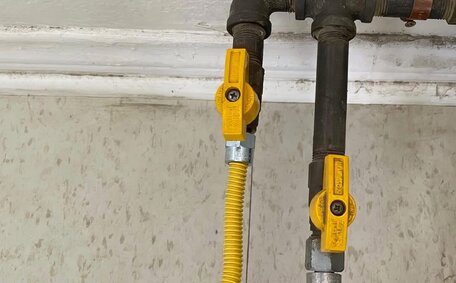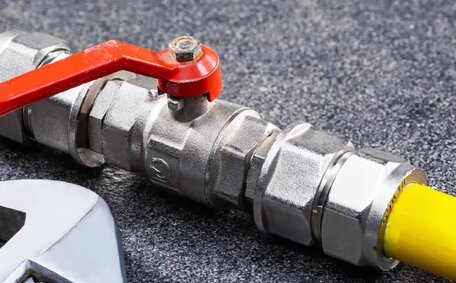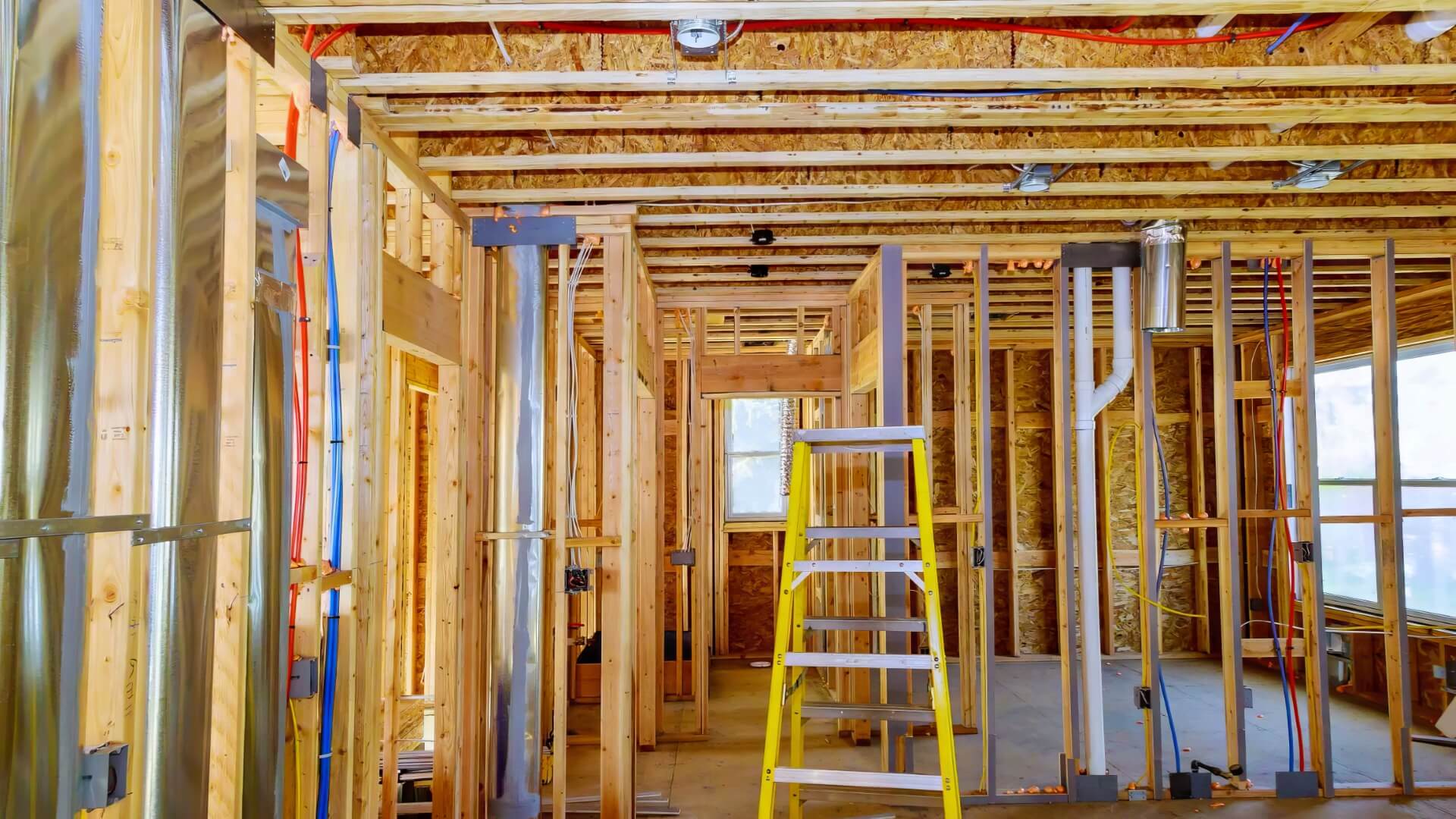
Natural Gas vs. Propane: What’s the Difference?
Propane and natural gas are popular fuel sources, but have different origins and properties. Propane delivers more BTUs per cubic foot. Natural gas is piped underground to homes.
Read MorePipe relining, a trenchless repair method, eliminates the need for digging to repair damaged pipes. It involves installing an epoxy resin liner inside the existing pipe to seal cracks and restore structural integrity. Relining offers a less invasive and cost-efficient alternative to full replacement, extending pipe lifespan by decades.
Despite its efficacy, relining repairs may fail due to issues such as incorrect resin mix, poor surface preparation, or groundwater infiltration. Identifying the root causes of failure is key to diagnosing problems and determining the best solutions.
There are several common reasons why pipe relining repairs may fail over time:
Conducting early pipe inspections and employing targeted repairs can mitigate issues, often precluding the need for full replacement.
Video inspections, using a waterproof camera threaded through the pipe, enable accurate identification of liner issues.
The video footage may reveal things like:
Using video inspection findings, plumbers determine the most effective remedial actions, such as advanced relining methods.
Video diagnosis precisely locates defects, guiding plumbers on whether to pursue targeted repairs, full re-lining, or pipe replacement. This helps avoid unnecessary costs and additional excavation work.
When video inspection reveals that only certain portions of a pipe liner have failed or separated from the host pipe, plumbers can carry out targeted sectional repairs rather than re-lining the entire length.
To fix partial relining failures in a specific section pipe:
Since only small, defined areas require attention, plumbers can carry out sectional repairs far quicker and less disruptively than re-lining an entire pipe. This method allows for simultaneous repair of multiple isolated failures.
When video inspection shows that a relining repair has failed or detached along the full length of the pipeline, a more extensive fix is required. In these cases, plumbers may recommend re-lining over the existing pipe liner to re-establish adhesion and integrity.
To address a full-length relining failure:
In cases of irreparable system-wide liner separation or structural issues, full pipe replacement may be unavoidable. Comprehensive re-lining can typically restore functionality for many years, circumventing extensive excavation and expenses.
Pipe relining can provide numerous advantages over traditional open-trench pipe repair methods. Its benefits notably include enhanced protection against degradation:
Relining, a no-dig technique, effectively restores structurally sound pipes compromised by deterioration or tree roots. While fully collapsed or broken pipes likely need replacing, video inspection determines whether relining or replacement is the optimal solution in each unique case.
In cases of minor to moderate pipe damage, relining is usually the best option over full replacement. Factors supporting relining include:
However, circumstances that may necessitate excavation and replacement are:
We offer guidance on the optimal and most cost-effective repair solutions for your needs, including relining, selective replacement, or complete system renewal.
The lasting advantages of pipe relining make it a preferred alternative to traditional replacement methods. Key long-term benefits include:
Relining effectively wards off future deterioration and failure, negating the need to disrupt your landscape or driveway. Contact us to discuss long-term pipe renewal solutions with your local team, ensuring decades of dependable plumbing infrastructure.
Propane and natural gas are popular fuel sources, but have different origins and properties. Propane delivers more BTUs per cubic foot. Natural gas is piped underground to homes.
Read MoreUpgrading a gas meter improves safety and may be necessary over time. Our experienced team can guide you through the process, costs and timeframes involved to upgrade your gas meter.
Read MoreIf pipe relining fails due to severe damage, replacement may be required. We provide affordable pipe repairs in Sydney without excavation. Call today for pipe assessments. Our expert team will determine if pipe relining or full replacement is needed.
Read MoreWoollahra, 2025 NSW
We will call back as soon as possible.




